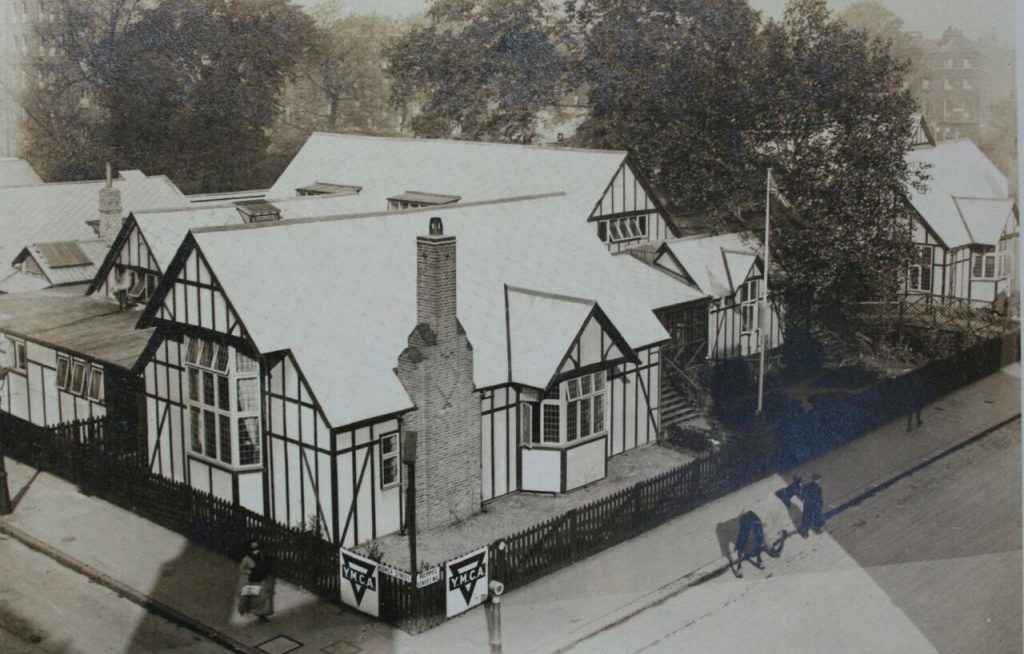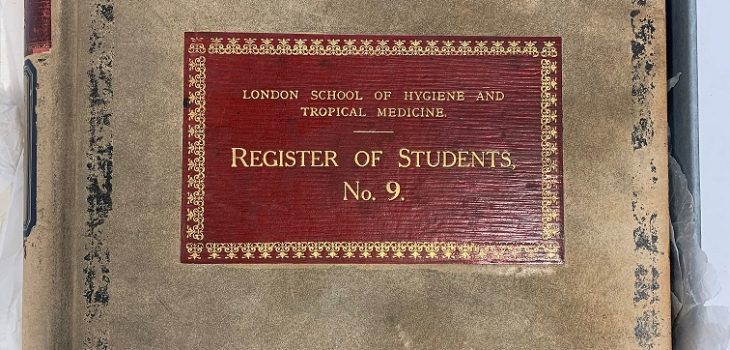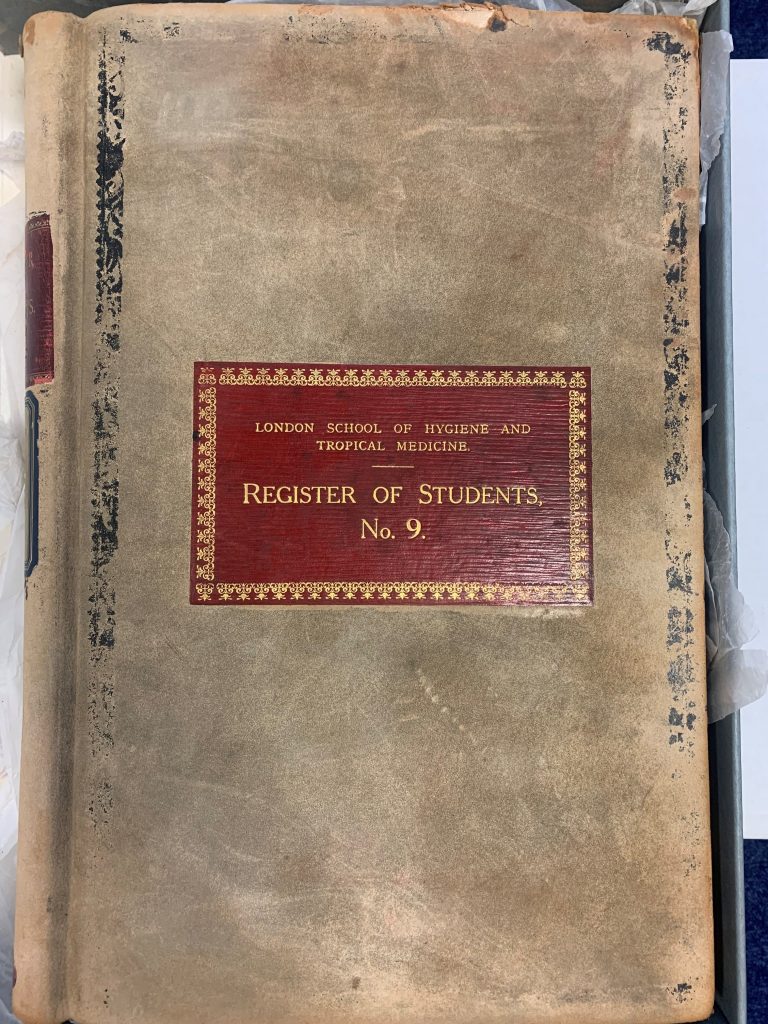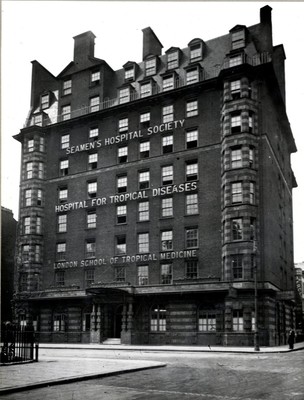As we welcome new students to the London School of Hygiene & Tropical Medicine, it seems appropriate that we reflect on the students who attended 100 years ago, the class of 1924.
The 76th session ran from September to December. 73 students attended the School, of these 63 were men and 10 were women. They came from the following services:
- Colonial Service: 24
- Indian Medical Service: 6
- Royal Army Medical Corps: 2
- Royal Air Force: 1
- Royal Navy:3
- Various Government Service: 4
- Missions: 5
- Private: 28
The School’s student registers record a number of details about the students including their destination on leaving, the majority of students went to Asia (28), and the next most popular destination were countries in Africa (20) but students ended up all over the world including Europe, West Indies and America. Unfortunately there is no group photo of this session.
As is shown, many of the students came from the Colonial Service and went on to work in British Colonies. In 2022 LSHTM published LSHTM and Colonialism – A report on the Colonial History of the London School of Hygiene & Tropical Medicine (1899 – c.1960) which provides a detailed account of our colonial origins and its legacy. LSHTM was set up as a colonial institution and benefitted from and contributed to British colonialism in a variety of ways between 1899 and 1960. It is largely to its role in British colonialism that the LSHTM owes its current power and position as a leader in health research and teaching.
The LSHTM Archives Service is re-examining the collections we hold, the stories we tell and the role we play in critically engaging with the School’s colonial legacy. We have developed a set of principles for decolonising the archive which we are incorporating into our daily working practice.
Students undertook a 12 week course and which cost £21 (£1326.22 in today’s money). Students had to be qualified medical practitioners of any nationality or sex or be in the fifth year of their medical studies. The School Committee had the power, at their discretion, to admit other applicants under special circumstances. Students were asked to bring their own microscopes, with slides and cover glasses, the School provided stains, chemical reagents and pathological material.
Students were taught by a variety of lecturers on tropical diseases including malaria, blackwater fever, trypanosomiasis, yellow fever, leishmaniasis, filariasis, dysentery, pellagra, beri-beri, cholera, plague, dengue, leprosy and eye diseases.
The prospectus for 1924 also lists exams questions from the previous session which included:
- How would you extract a broken down lower molar, and how would you treat the after extraction pain, if any?
- Give the geographical distribution and describe the clinical appearances of Pellagra
- Compare the prophylactic measures of the ancients with those of the present day concerning Malaria, Plague and the diarrhoetic diseases
- Mention in some probably sort of order the immediate, and the ultimate effects of subcutaneous injection of a serious (but short of lethal) does of viper venom
- How is the epidemic of Bubonic plague caused? Give a brief outline of what you would do to prevent the spread of the malady
1924 was an important year in the School’s history as on the 1st of April the School was granted its Royal Charter and it’s name was changed from the London School of Tropical Medicine to the London School of Hygiene and Tropical Medicine. The School originally opened on 2nd October 1899. It was part of the Seamen’s Hospital Society’s Branch Hospital at the Royal Albert Dock Hospital in the East End of London. The object of the School was to train students to study and treat tropical diseases. In 1924 the School’s remit expanded to also include the study of public health. It appears that public health subjects were not added to the syllabus until 1929.
Further information on this anniversary in this blog.
The students were taught in Endsleigh Gardens, this was a former hotel that was converted to a hospital for officers during the First World War and was suitably equipped to house both the Hospital for Tropical Diseases and the School. This building is still standing in Gordon Street and is now the student union for University College London. The School moved from its original home in the Albert Docks in early 1920, although the building wasn’t officially opened until November 1920. The School remained here until 1929 when we moved to the Keppel Street site.
There was a link with Keppel Street as some of the students lived in the Indian YMCA which was on the Keppel Street site. In August 1916 a wooden mock-Tudor YMCA Hut opened on the corner of Keppel and Gower Street in London’s Bloomsbury. “The Shakespeare Hut” as it was called became a home from home for predominantly Anzac soldiers on leave from the Front and remained so until 1919 when it housed the Indian YMCA for three years before it was pulled down in 1920s to make way eventually for the London School of Hygiene & Tropical Medicine which still occupies this site today.

For further information on the material featured in this blog, please contact archives@lshtm.ac.uk






